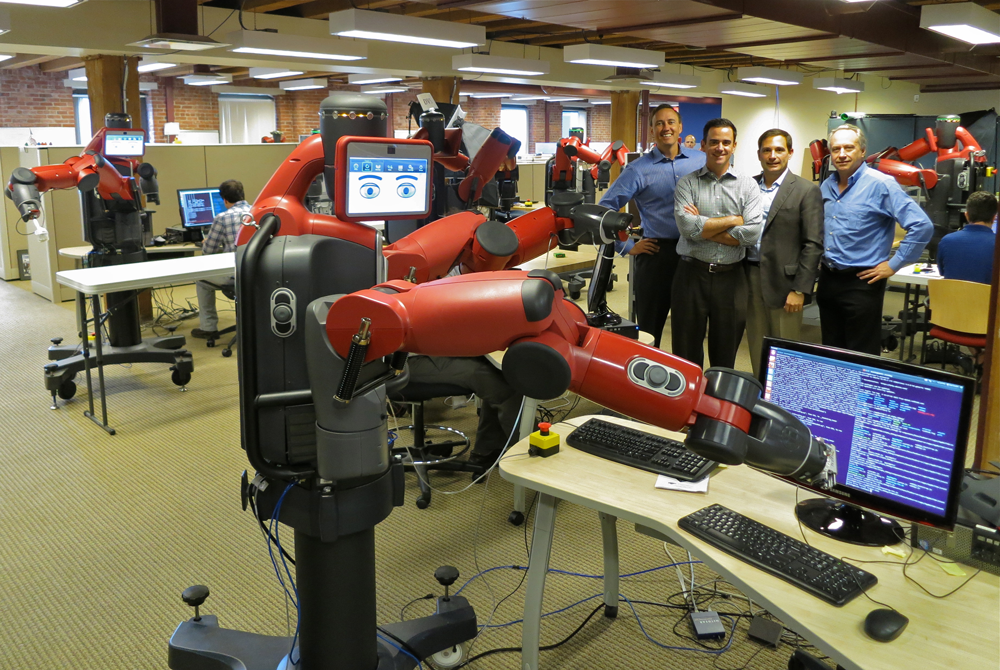Every time we think about automation we have the feeling that robots will end up stealing our jobs. A recent McKinsey study tells us a less catastrophic story. Yes, AI will replace jobs, millions of people worldwide will need to adapt to new occupations or may upgrade skills, but new opportunities will arise. Some countries will adapt quickly, others will struggle, and some Latin-American nations like Mexico may not suffer as some think.
Since 1990 the McKinsey Global Institute examines the evolving global economy. McKinsey study “Jobs lost, jobs gained: workforce transitions in a time of automation” modeled the possible employment changes for more than 800 occupations, based on different scenarios considering automation adoption pace and future labor demand.
We are living different forms of automation. We can enjoy a drive in a Tesla on autopilot, or we can have a conversation with a Chatbot. New AI technologies improve the way we live, although we are certain they will substitute some of the activities we perform today. But how will these shifts affect our jobs? Will our country economy suffer? What’s the future of education? The McKinsey study aims to answer some of these questions.
McKinsey study found automation –artificial intelligence and robotics– will create benefits for businesses and economies, lifting productivity and economic growth. It will replace jobs depending on the demand of work and workers pace to adopt new technology. Some jobs will cease to exist, but it will also create new occupations. By 2030, up to 375 million workers will need to switch occupational categories. Maybe one-third of today’s activities could be displaced by 2030. Furthermore, 30 percent of the hours worked globally could be automated by 2030.
Activities most susceptible to automation
Physical work such as operating machinery or preparing fast food. Collecting and processing data, like accounting, and back-office transaction processing. However, even if those roles are automated, employment may not decline, but instead, worker’s tasks may change.
Activities least susceptible to automatization
Activities that involve managing people, applying expertise, and those involving social interactions. Jobs in unpredictable environments—occupations such as gardeners, plumbers, or providers of elder-care— and those activities with lower wages that won’t be attractive to investors.
What about Mexico?
It’s estimated that 13% to 26% of current work activity hours will be automated by 2030. Mexico’s demographics show today’s population is 6% over 65 years of age and will grow to 10% by 2030. Mexico has a young population and a growing workforce. Mid and low-wage levels may slow automation adoption, but growth in labor demand could happen.
Source: McKinsey Global Institute
McKinsey’s Mexico projected rate of future economic expansion is modest. The workforce is believed to grow by 15 million by 2030. Results suggest Mexico could benefit from innovation in new occupations and activities to make full use of its workforce. Wage polarization could increase in advanced economies, but developing countries like Mexico will see a growing middle class.
McKinsey’s global trends that will help shape the future of work:
- Rising incomes in emerging economies will create large-scale new labor demand as spending increases on consumer goods, healthcare, and education.
- Aging populations will create new and additional labor demand for health care.
- Technology development and deployment will create additional employment.
- Investment in infrastructure and buildings can create new labor demand.
- Investment in renewable energy and energy efficiency will be essential.
- “Marketization” of previously unpaid work could create new jobs.
There is no need to panic. In the 80’s the personal computer destroyed 3.5 million jobs but created 19.3 million new ones. Investments in workforce training will be a priority. In education, universities will require developing more social and emotional skills, and more advanced cognitive capabilities, such as logical reasoning and creativity.
Are you wondering a robot will replace your job? Here is a search engine –using Oxford Martin School academic publication database– that estimates jobs at risk: https://www.replacedbyrobot.info
This article from Observatory of the Institute for the Future of Education may be shared under the terms of the license CC BY-NC-SA 4.0 
)
)




)